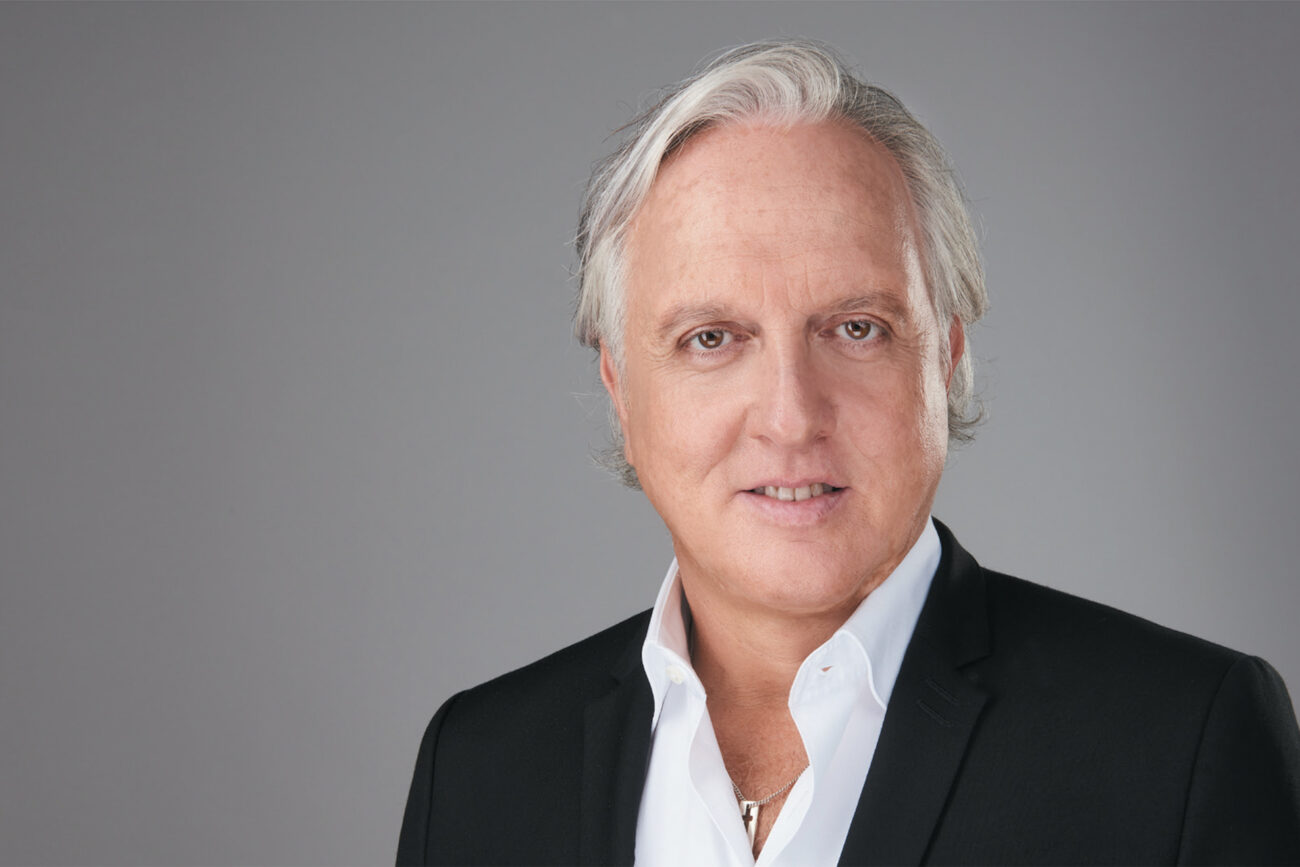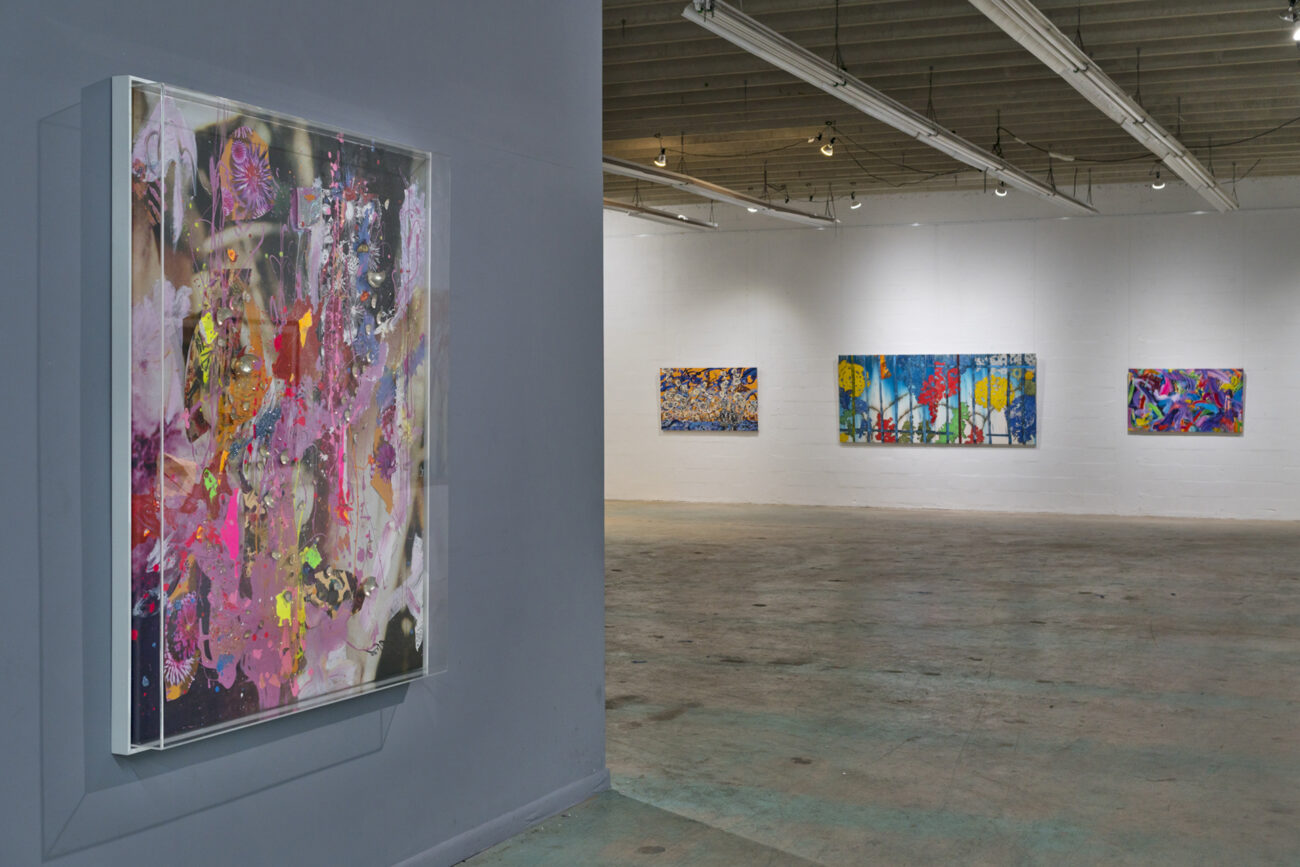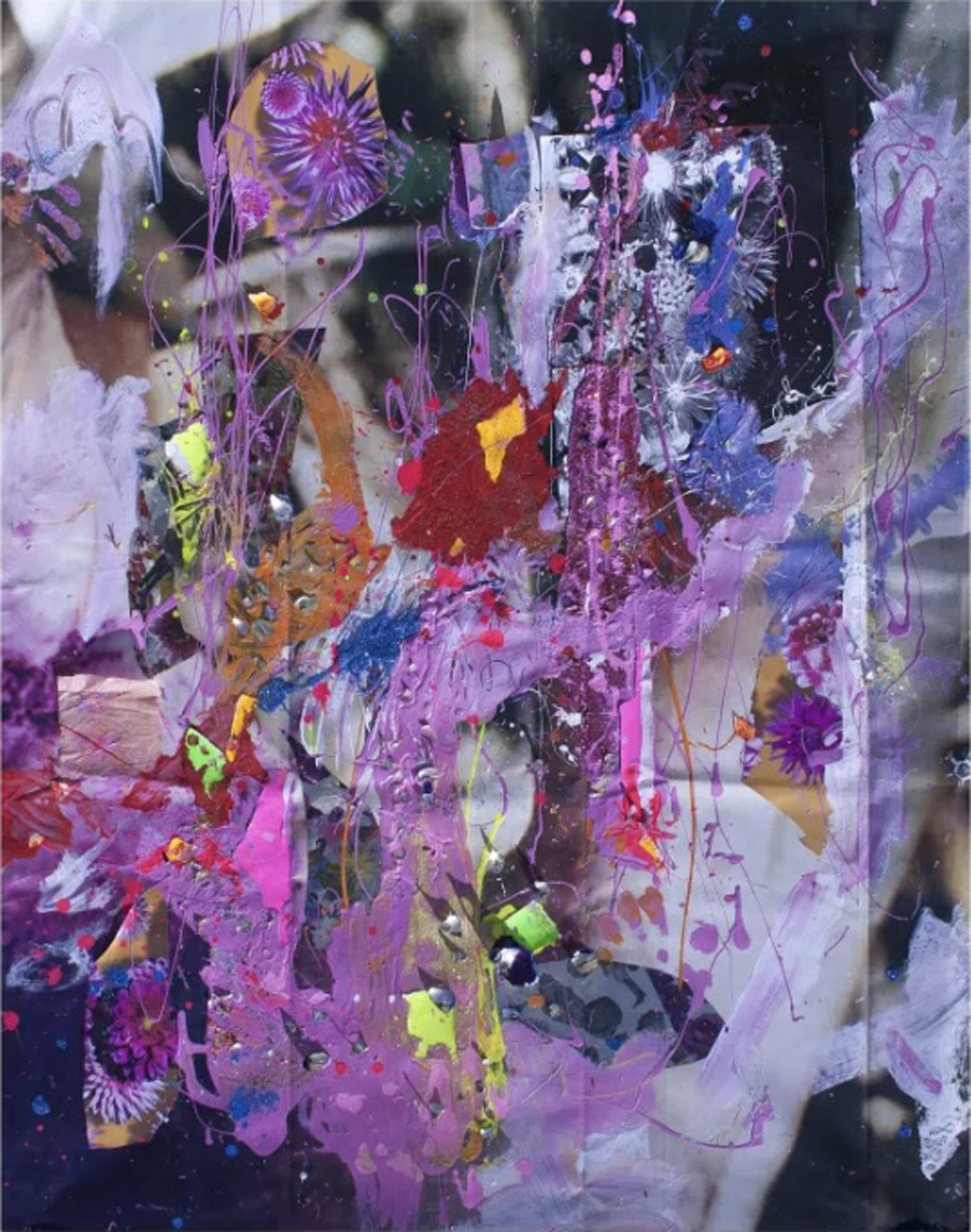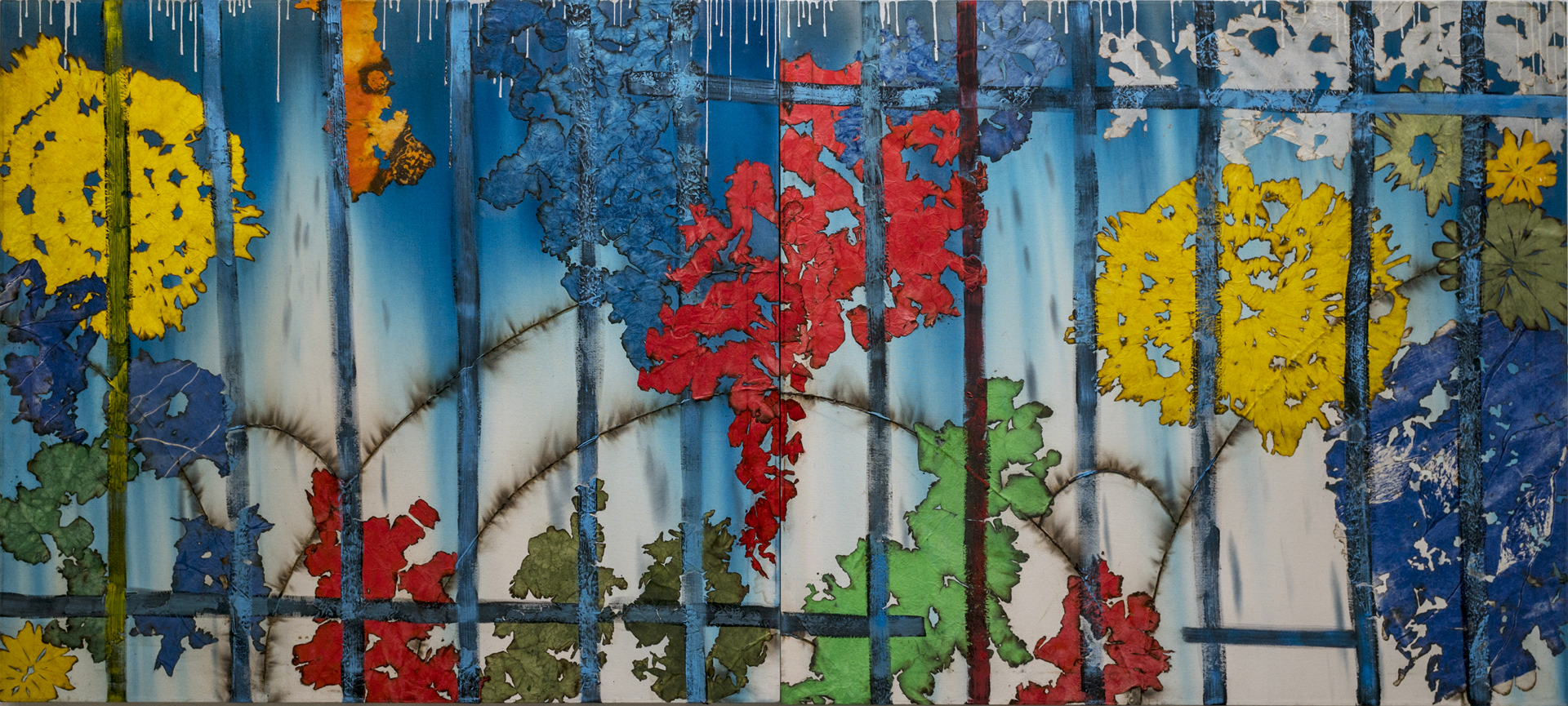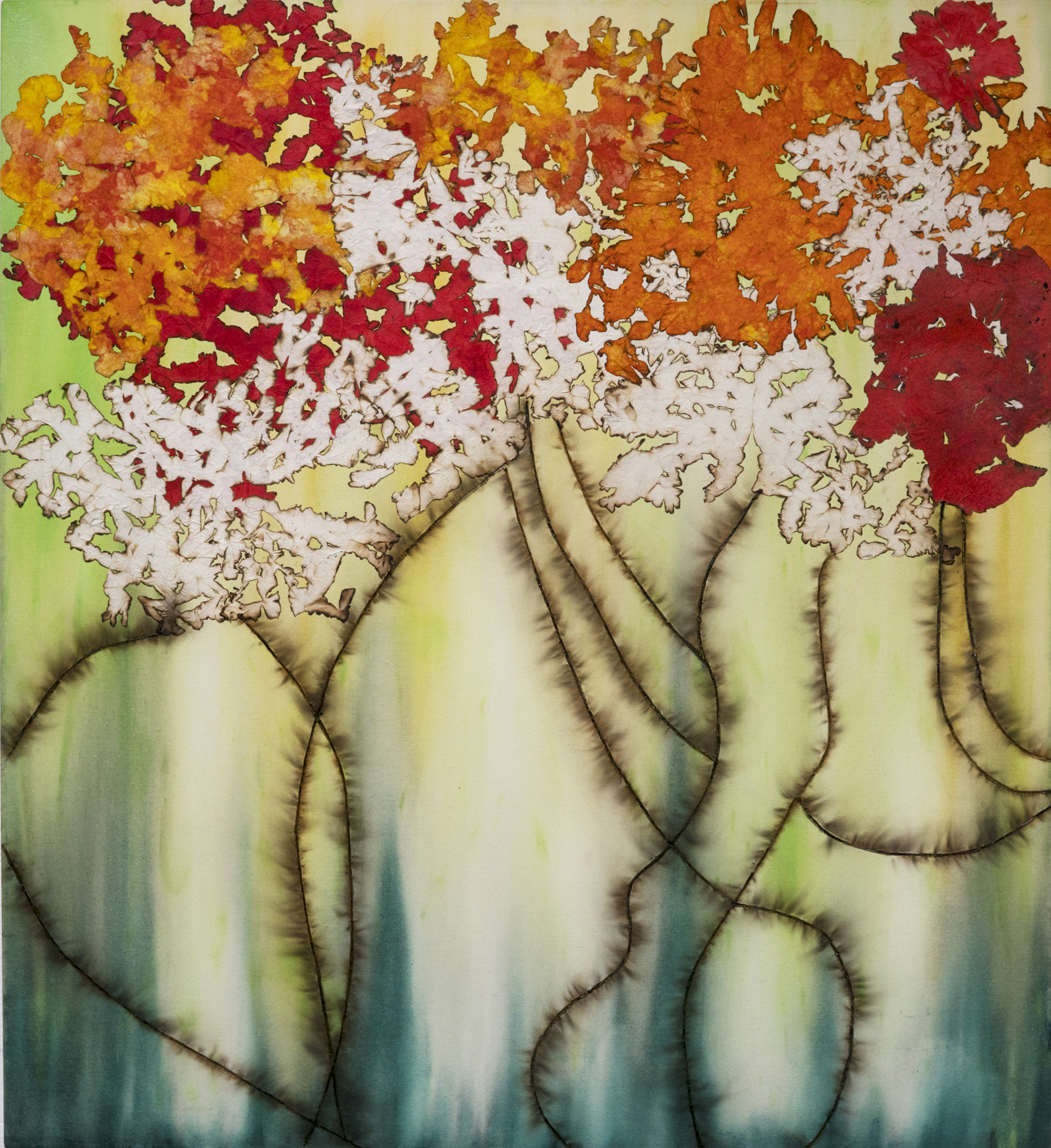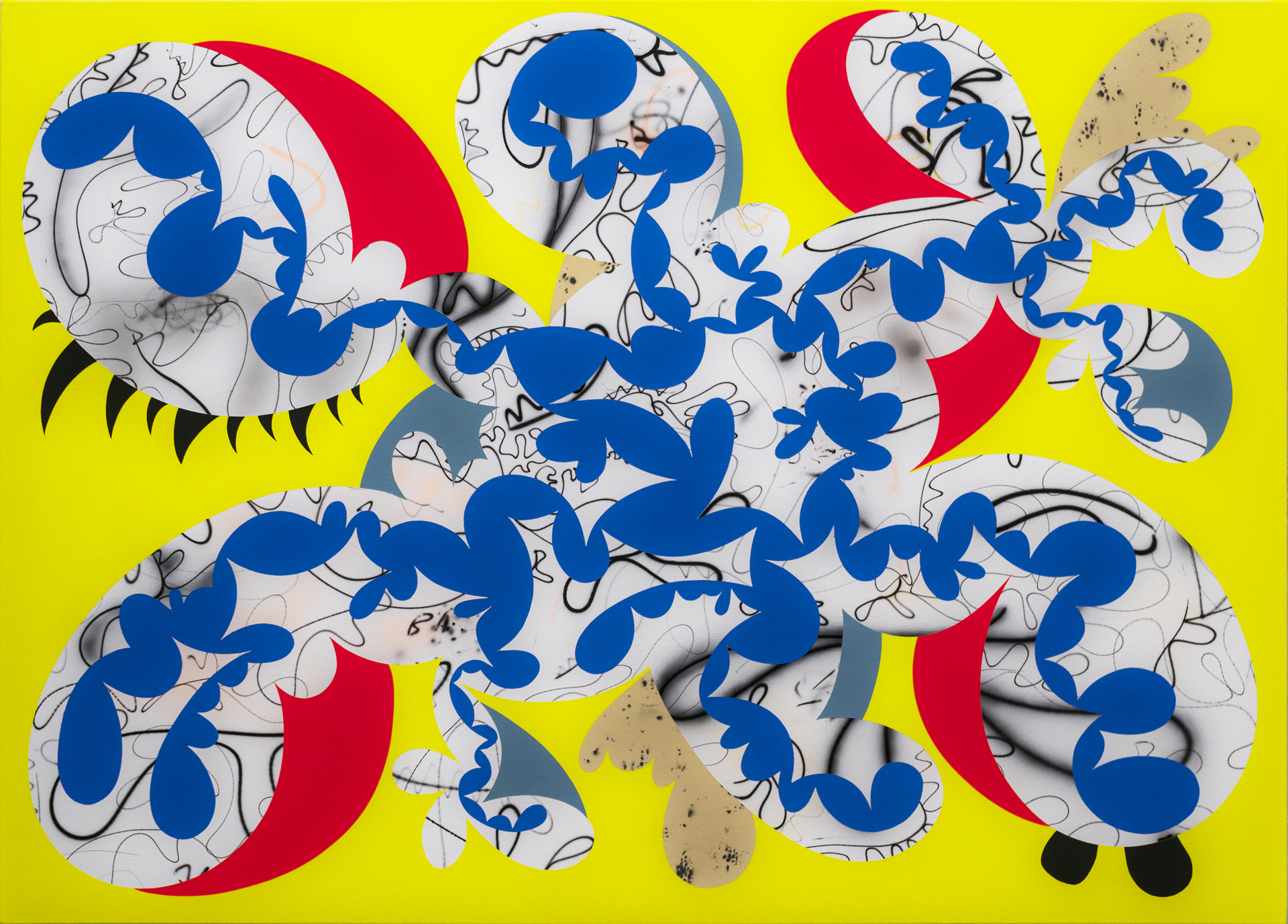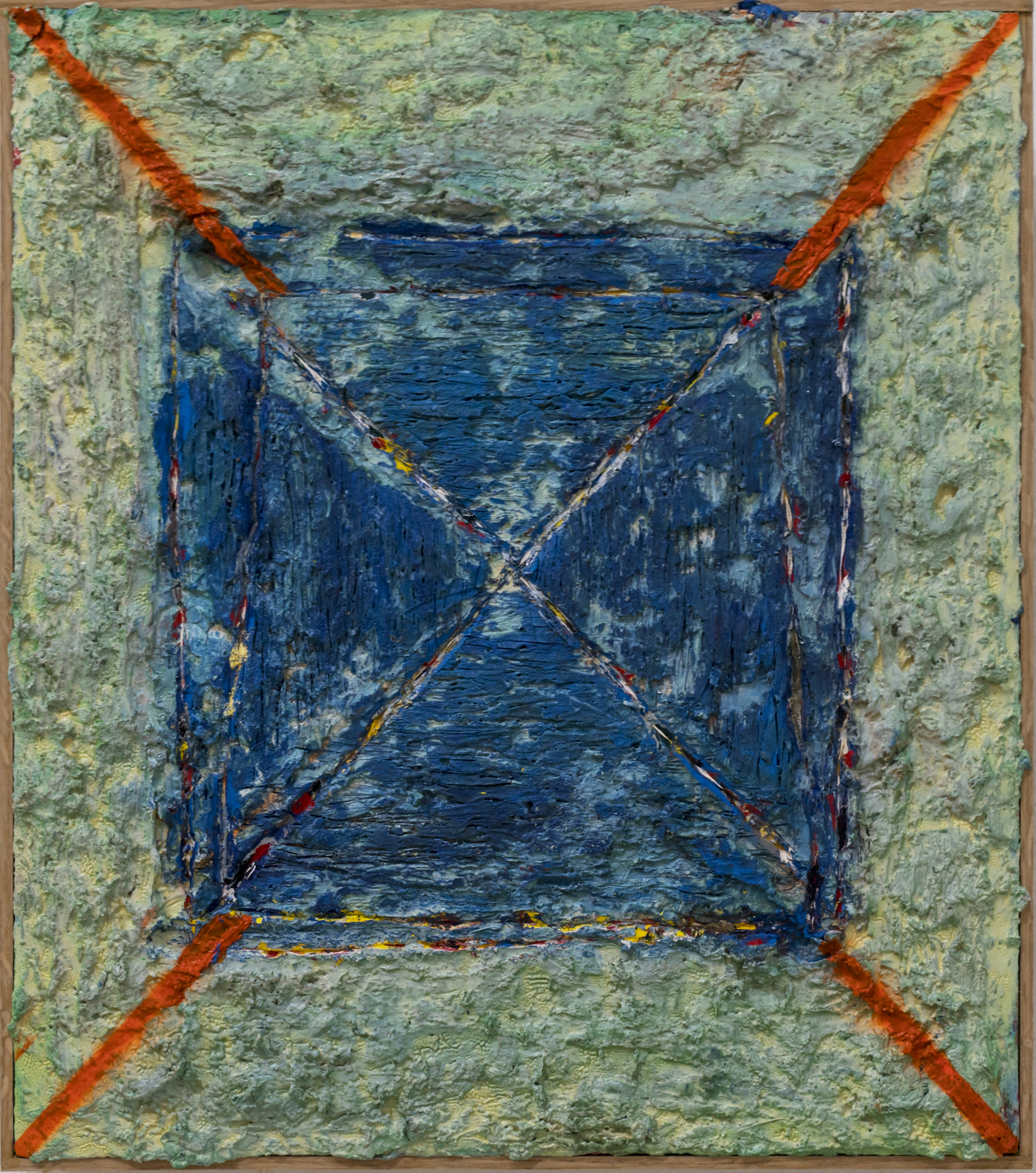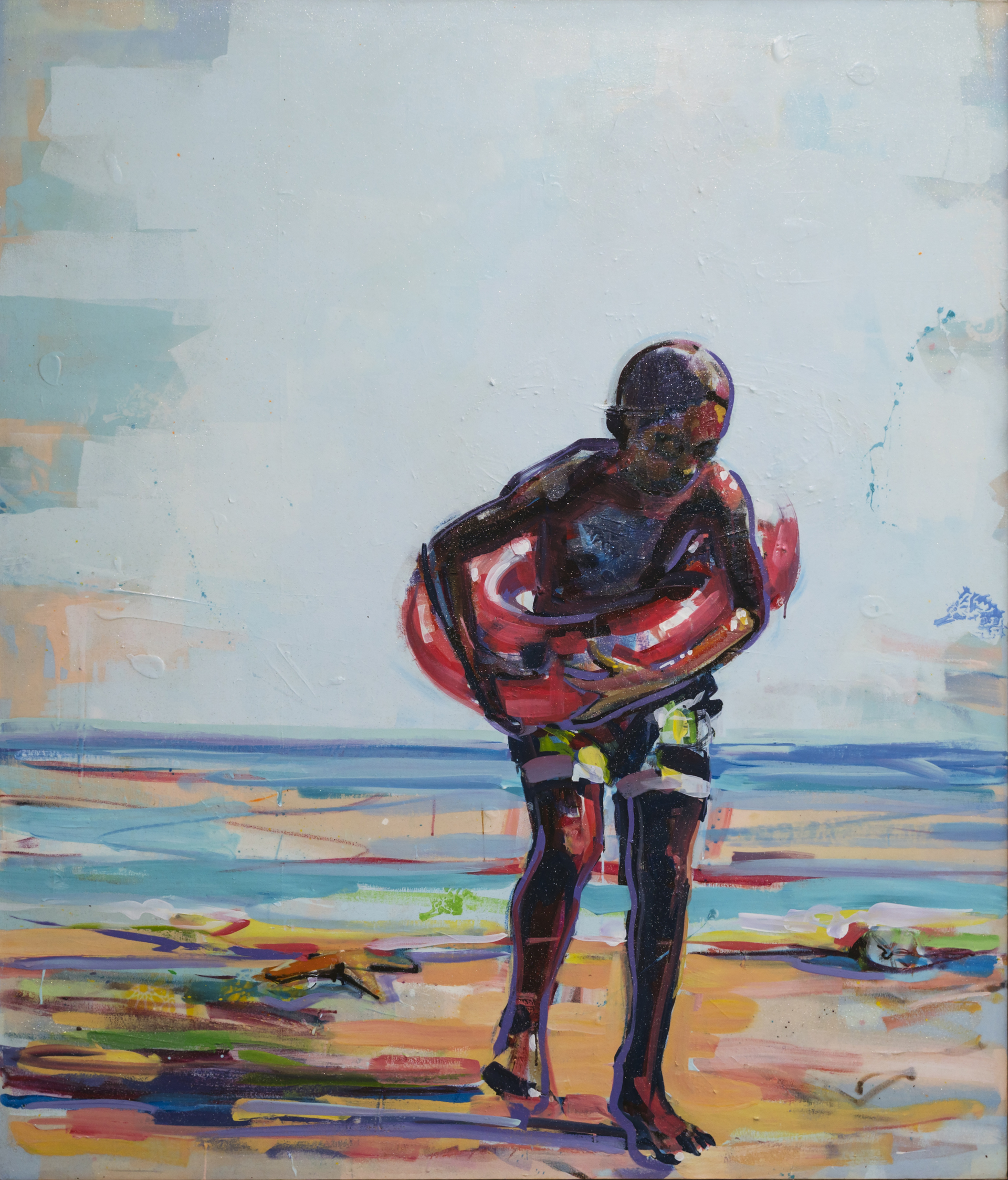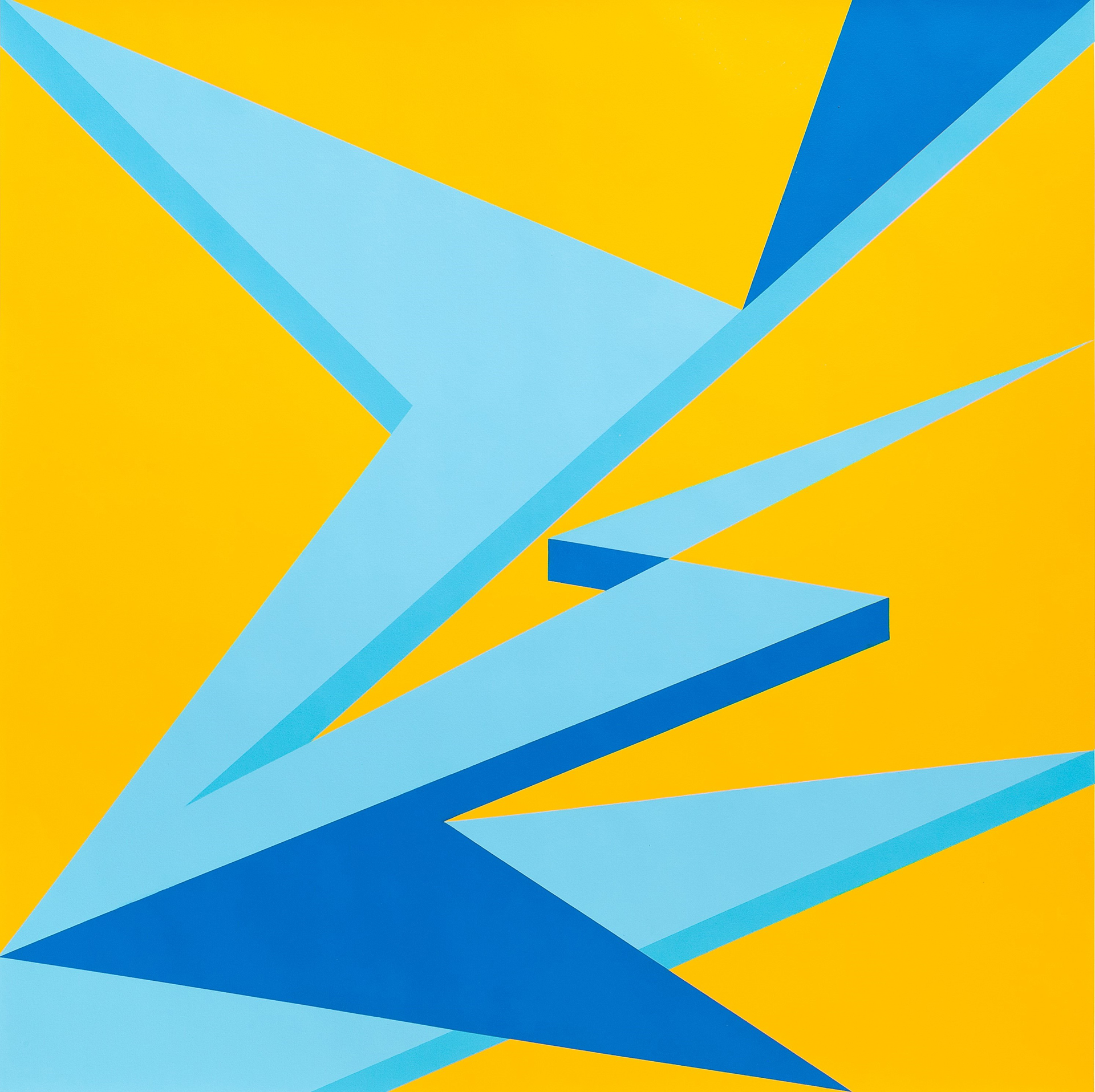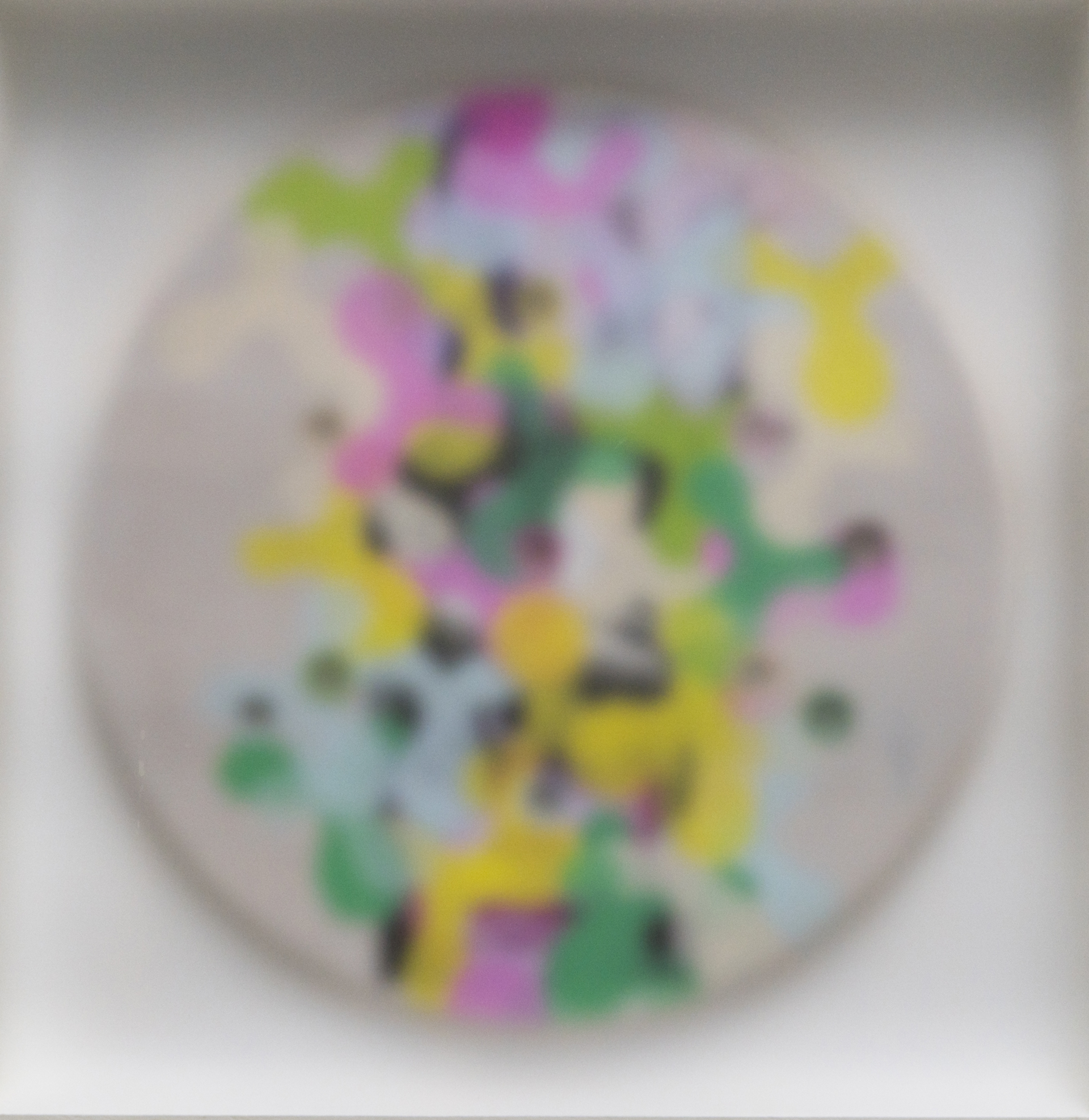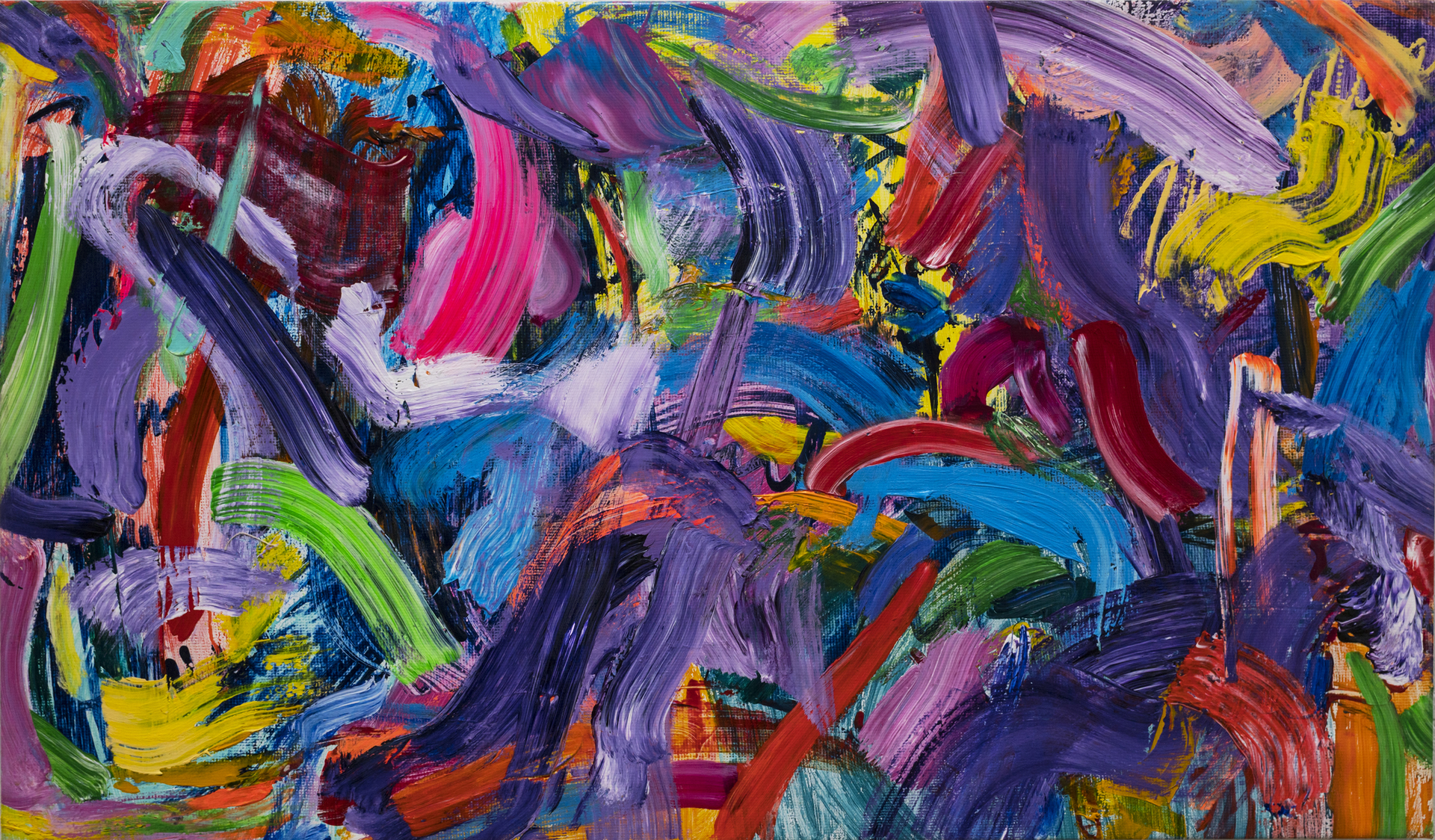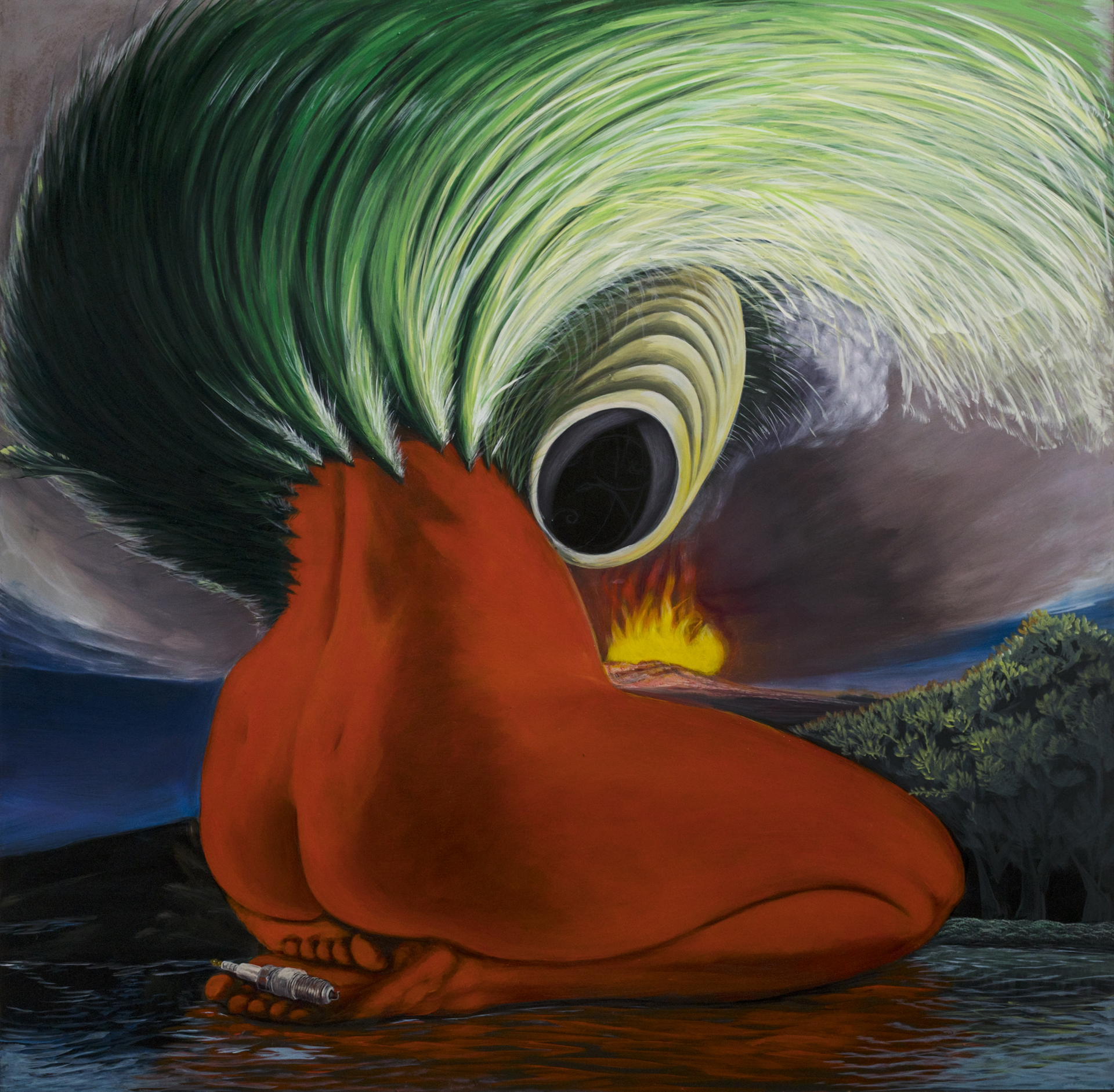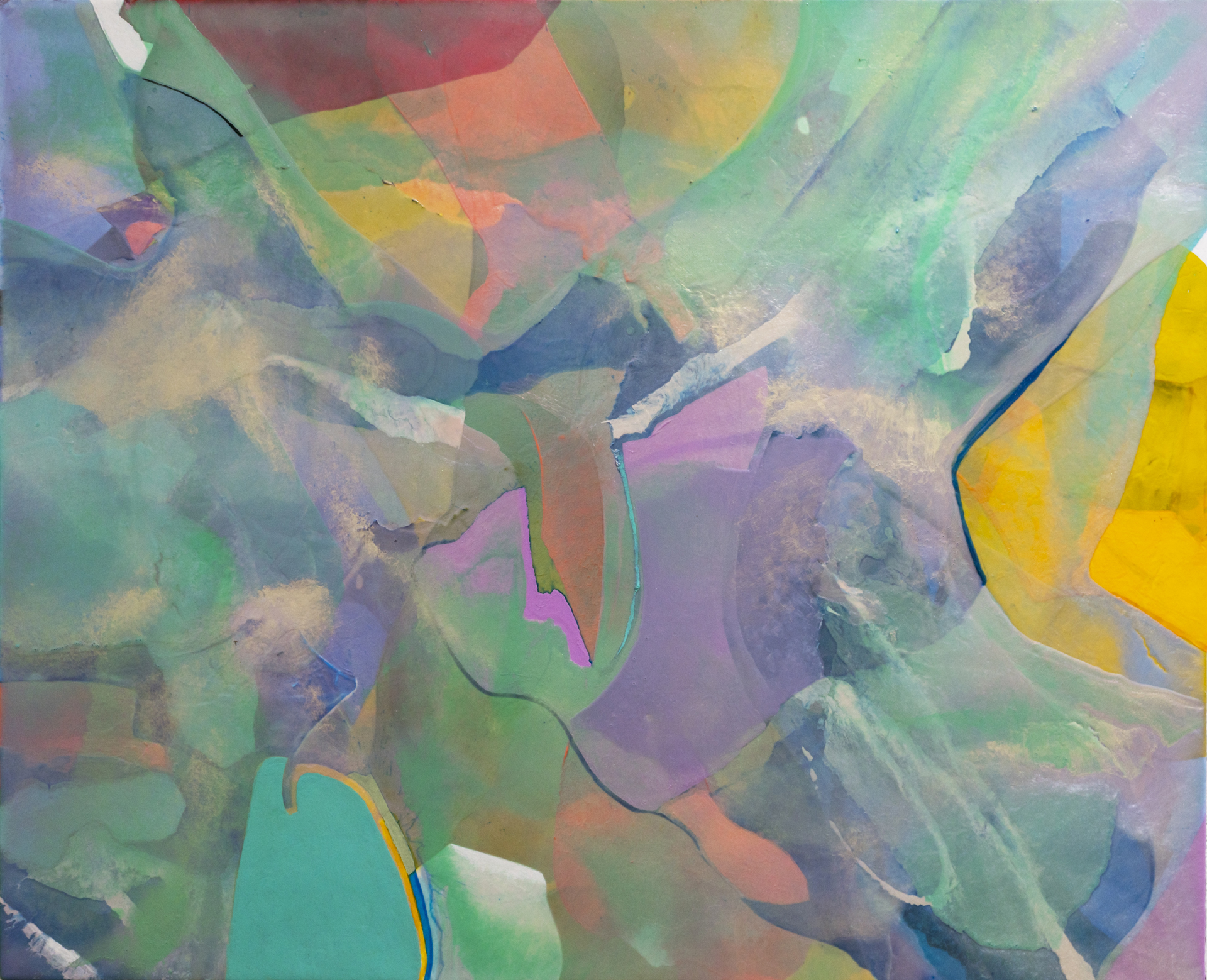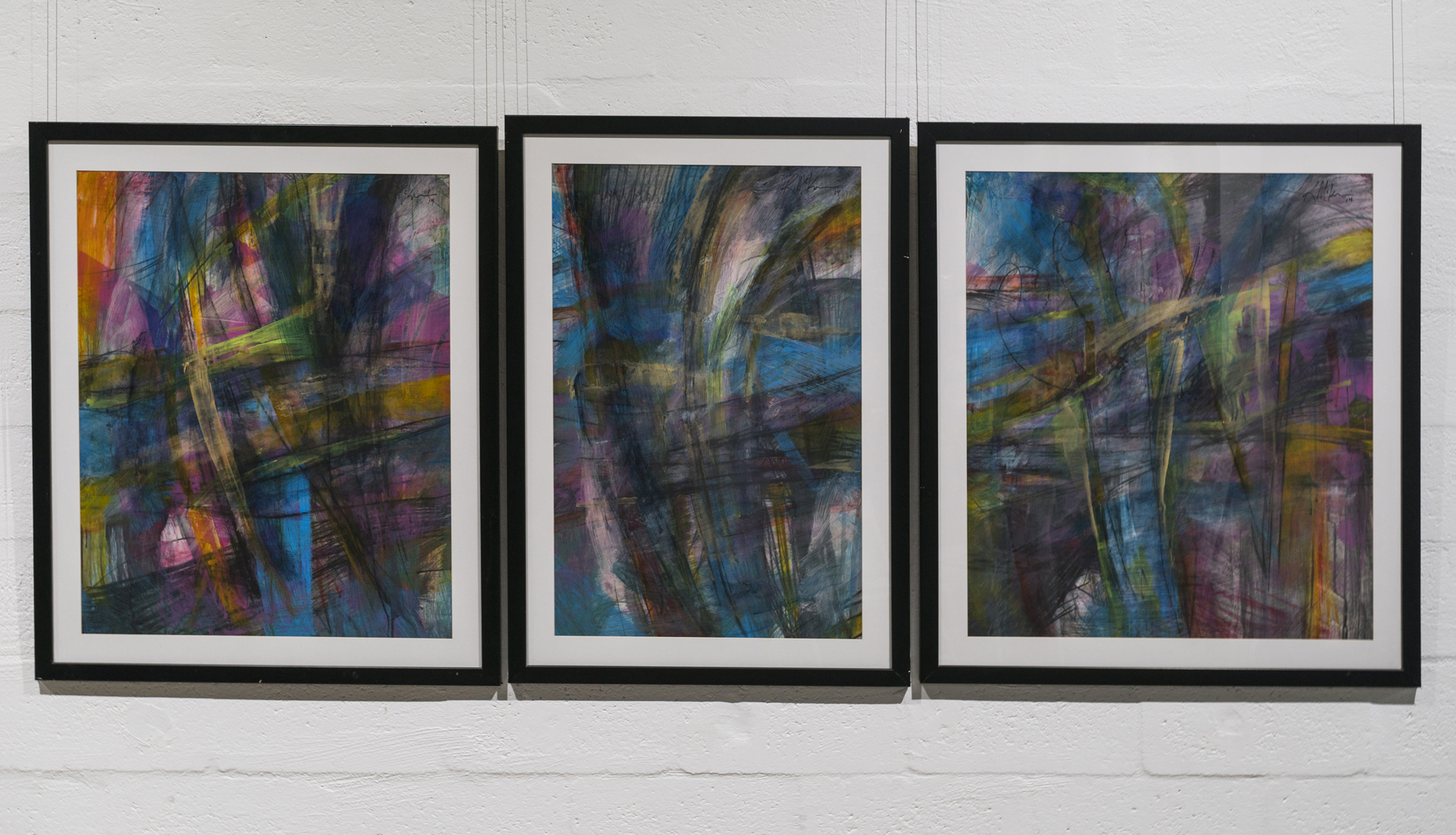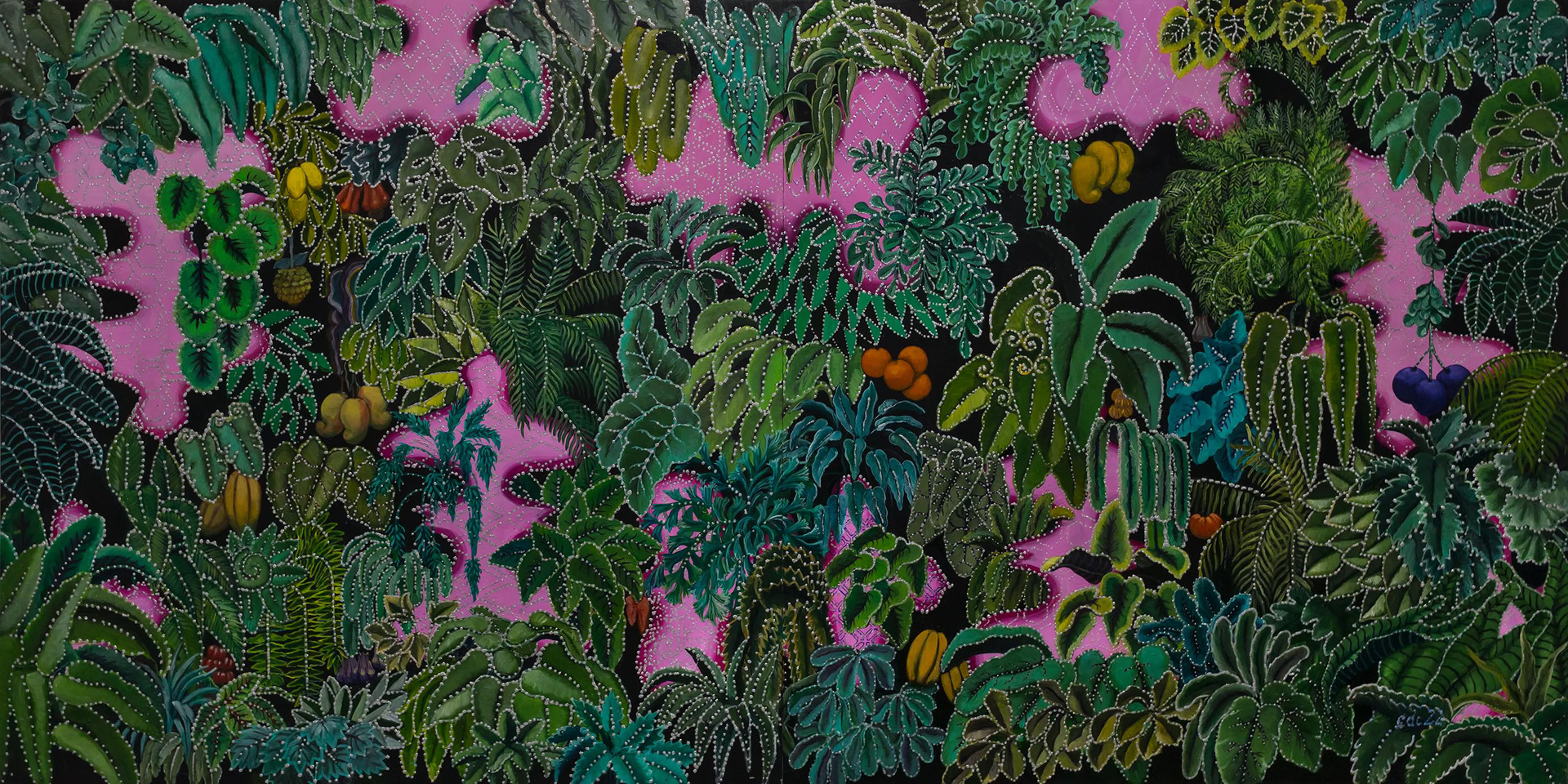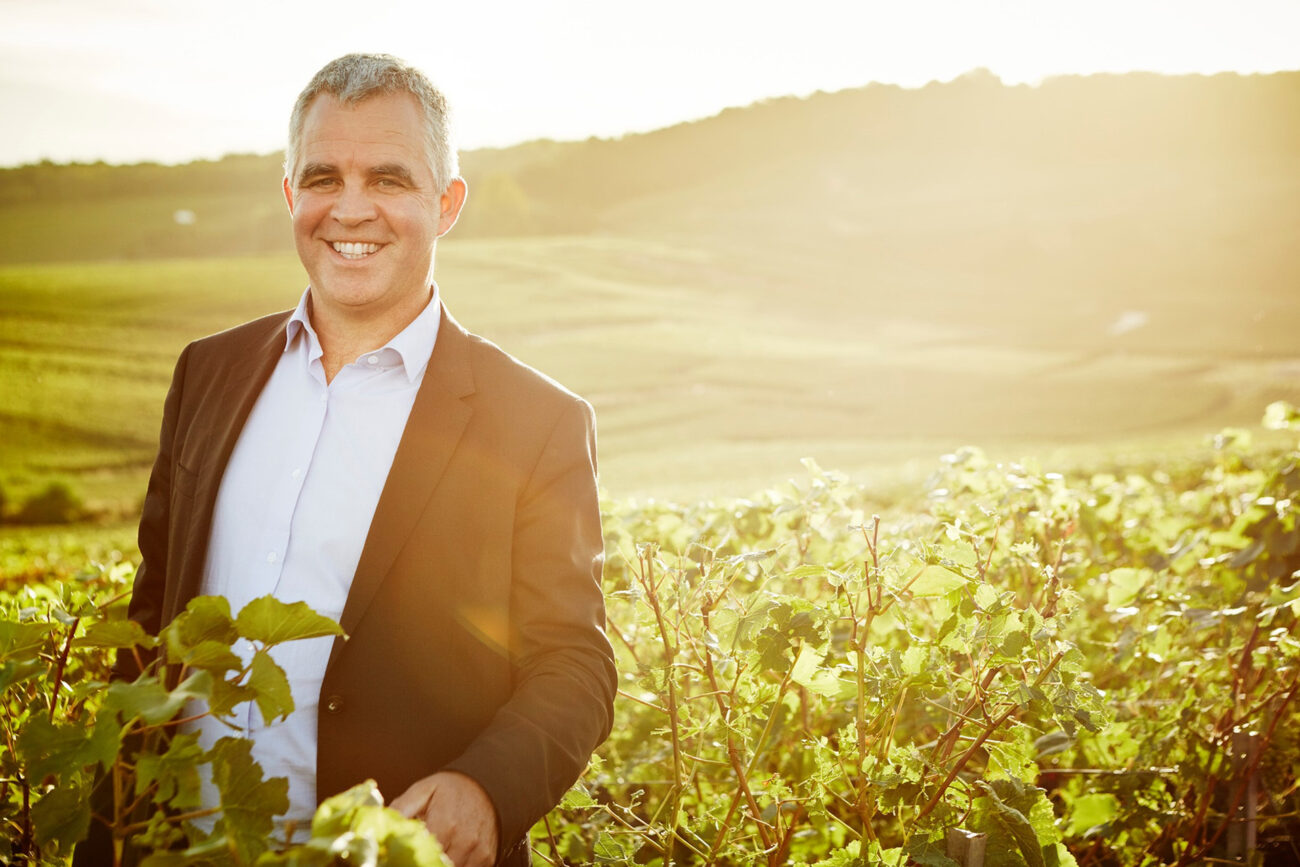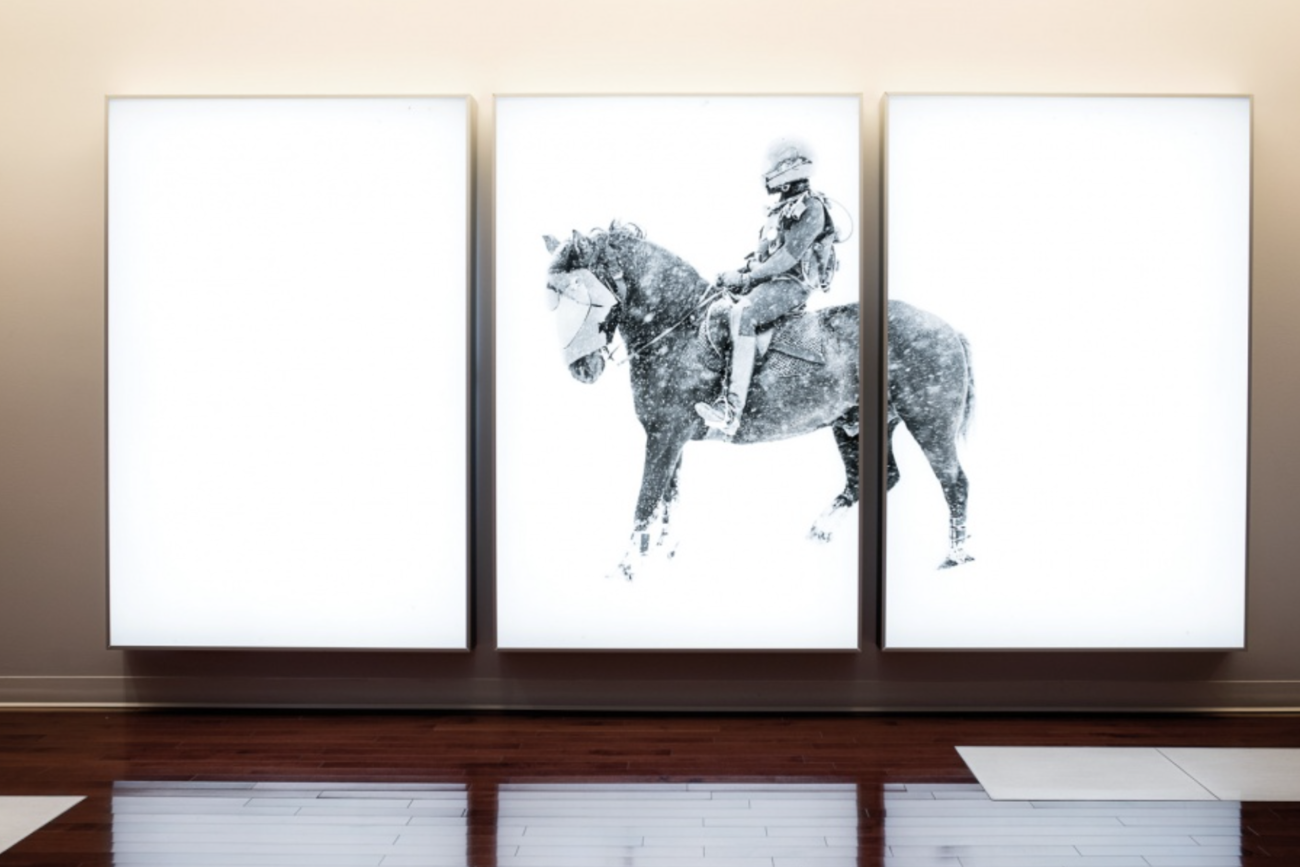For 30 years now, Claude Marcotte has worked in large consulting engineering and architecture companies. In his busy career, he has participated in the planning of theGriffintown neighbourhood and in the implementation of the Tour des Canadiens and the Bois-Franc project, among others. He is now a Partner at Carbonleo, a prominent Quebec property development and management company, and has been involved in several flagship projects in metropolitan Montreal, including theQuartier DIX30TM, the Four Seasons Montreal and RoyalmountTM. This passionate urban planner shares his vision for Montreal with us on the occasion of the city’s 375th birthday.
Why do you so strongly believe in the future of Montreal?
Montreal embodies the millennial spirit. It’s a young, connected, vibrant city that is experiencing an unprecedented real estate boom. Millennials like experiences. With its hip, European character, its bilingual culture and its calendar of international events, Montreal has become their city of choice.
Is it difficult to manage large projects in Montreal?
The situation has changed a lot in the last few years. Public administrations, whether at the Ville de Montréal, the Ville de Mont-Royal, or the Quebec government, are much more interested carrying out flagship projects in the metropolitan area and are showing a spirit of collaboration.
Tell us about your Four Seasons Montreal project.
We’ve been working on this prestigious project for a few years. We have entered into a partnership with Four Seasons that will allow us to create a luxury ecosystem in the heart of downtown Montreal. In addition to hotel rooms and residences, this exceptional project will include a huge ballroom, a restaurant, a unique lounge and speakeasy, as well as high-end commercial spaces. Visitors and residents will also have direct access to the Ogilvy/Holt Renfrew store.
Do we have the expertise in Montreal to carry out this kind of spectacular project?
Absolutely. We’re working with local firms like Lemay and Sid Lee for architecture, BPA and Elmea for engineering, Philip Hazan for interior design and Zebulon Perron for the restaurant and the lounges. We are doing business with external firms and are maintaining close collaboration with local companies to keep expertise in Montreal. That’s the case with the Parisian architecture agency Gilles & Boissier, which is very involved in the interior design of the Four Seasons Montreal. For the Royalmount project, we have hired the London architecture company Benoy. Once again, we have fostered a constructive partnership between Benoy, Lemay and Sid Lee to create a smart and inspiring design.
You mention the Royalmount project. We heard a lot about it some time ago, but you seem to be more reserved now. What’s going on with it?
We’re working very hard on the project, which will become a model cultural and commercial hub. It will offer many experiences and services in one location. We’ll disclose more information on the project next fall.
Why have you chosen that location to conduct such a large-scale project?
Royalmount will be located at the heart of the island of Montreal, at the intersection of the two busiest highways: Highway 15, which connects the north and south shores, and Highway 40, which connects the east and west of the province. It will also be linked to the De la Savane subway station by a pedestrian walkway.
How are you going to connect with the new generations and adjust to the constant changes in retail trade?
Consumers’ expectations fluctuate, just like the industry. Immersive experiences will soon become the only way to appeal to new generations. Royalmount will be a unique entertainment and gastronomy destination. It will have a diversified commercial offer that will be joined by hotels and offices. Furthermore, for its construction, we’re paying special attention to sustainable and responsible development initiatives. Montreal is celebrating its 375th birthday.
In your opinion, does the construction of the Four Seasons Montreal contribute to our city’s international reputation?
Yes, absolutely. Four Seasons is a brand that’s very present in all large cities around the world: in London, Paris, New York, Toronto, and now Montreal. Our city has changed a lot in the last few years and the Four Seasons will improve its offering in terms of luxury hotels.
What is your greatest achievement?
I would say all my projects as a whole, but in a 30-year career, a project as complex as that of the Four Seasons, which includes private residences, a luxury hotel, boutiques, an entertainment space and direct access to Ogilvy, has to be among the top. The building is also magnificent.
Are those exactly the types of complex projects that drive you?
Yes, because there is complexity as much on the architectural level as on the conceptual and construction levels. Once the Four Seasons Montreal opens its doors in December 2018, I will be very involved in the management of the hotel and its operations, which will be another great challenge. At Carbonleo, we’re a small team, but we manage ambitious projects.
Text: Diane Stelhe


